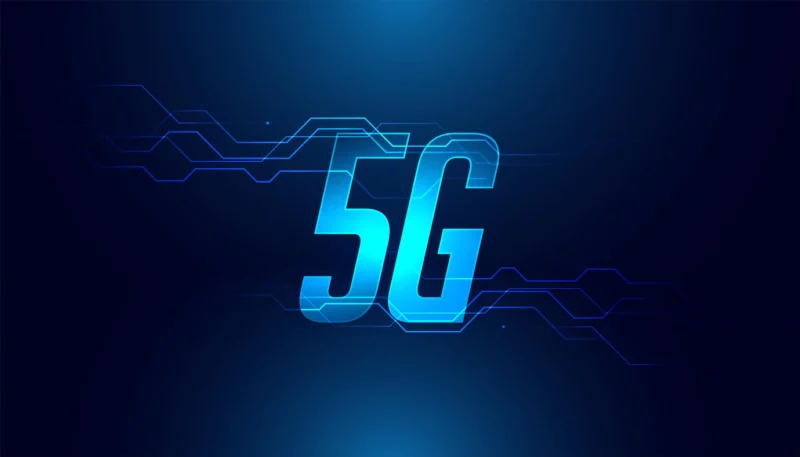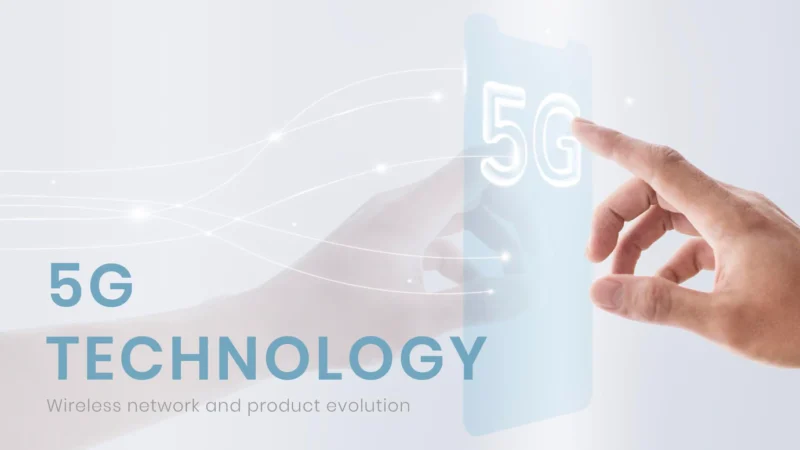There’s a lot of buzz around 5G mobile technology. But what is it exactly, and what does it mean for you? In this article, we will discuss the basics of 5G mobile technology and what you can expect from it.
We’ll also cover some of the challenges that carriers are facing in terms of rolling out 5G networks. So, if you’re curious about 5G or are in fact ready to get 5G mobile soon, keep reading!
So, what is 5G mobile?

5G is truly the next generation of mobile network technology. It promises faster speeds, lower latency and more capacity than current 4G networks. 5G networks are also designed to be more efficient, using less power than 4G networks.
Let’s dig a little deeper into these benefits:
• Faster speeds – 5G networks will offer peak speeds of up to 10 gigabits per second. That’s about 20 times faster than current 4G networks.
• Lower latency – 5G networks will have latency of less than one millisecond. That’s significantly lower than the current 4G latency of around 50 milliseconds. This will be a major benefit for applications that require real-time responses, such as virtual reality and gaming.
• More capacity – 5G networks will be able to support more devices and traffic than 4G networks. This is because 5G uses a higher frequency spectrum than 4G, which means there is more space available for data transmissions.
• Greater efficiency – 5G networks will be more efficient than 4G networks, using less power to transmit data. This is because 5G uses a higher frequency spectrum than 4G, which means there is more space available for data transmissions.
Challenges to rolling out 5G networks

Now that we’ve covered the basics of 5G mobile, let’s take a look at some of the challenges carriers are facing in terms of rolling out 5G networks.
One of the biggest challenges is the high cost of deploying 5G infrastructure. 5G requires a new generation of cell towers and small cells, which are very expensive to build and maintain. In addition, 5G requires more bandwidth than 4G, so carriers will need to invest in upgrading their backhaul infrastructure.
Another challenge is that 5G coverage is not as widespread as 4G coverage. This is because 5G uses a higher frequency spectrum, which does not propagate as well as lower frequencies. As a result, 5G networks will require more cell towers and small cells to achieve the same coverage as 4G networks.
Finally, there are concerns about the potential health effects of 5G technology. 5G uses millimeter waves, which have been shown to have adverse health effects in some studies. However, the long-term effects of exposure to 5G millimeter waves are not yet known.
Despite these challenges, carriers are still moving ahead with plans to roll out 5G networks. In fact, it’s safe to say that it’s only a matter of time before 5G becomes a reality for most people, not just in Australia but in different parts of the world.
Do you have any experience with 5G mobile? Let us know in the comments!


